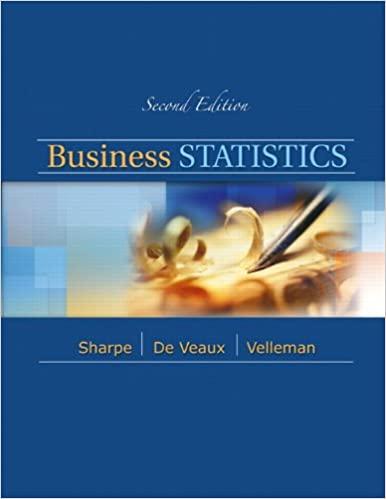39.* Right-to-work laws. Are state right-to-work laws related to the percent of public sector employees (Public) in
Question:
39.* Right-to-work laws. Are state right-to-work laws related to the percent of public sector employees (Public) in unions and the percent of private sector employees (Private)
in unions? (Each predictor variable has a value between 0 and 100.) This data set looks at these percentages for the states in the United States in 1982. The dependent variable is whether the state had a right-to-work law or not (
Yes, No). The computer output for the logistic regression is given here. (Source: N. M. Meltz, “Interstate and Interprovincial Differences in Union Density,” Industrial Relations, 28:2 (Spring 1989), 142–158 by way of DASL.)

a) Write out the estimated regression equation.
b) What is the predicted log odds (logit) of the probability that a state has a right-to-work law if 20% of the public and 10% of the private sector employees are in unions?
c) What is the predicted probability of that state?
d) What is the probability log odds (logit) that a state has a right-to-work law if 40% of the public and 20% of the private sector employees are in unions?
e) What is the associated predicted probability?
Step by Step Answer:

Business Statistics
ISBN: 9780321716095
2nd Edition
Authors: Norean D. Sharpe, Paul F. Velleman, David Bock, Norean Radke Sharpe






